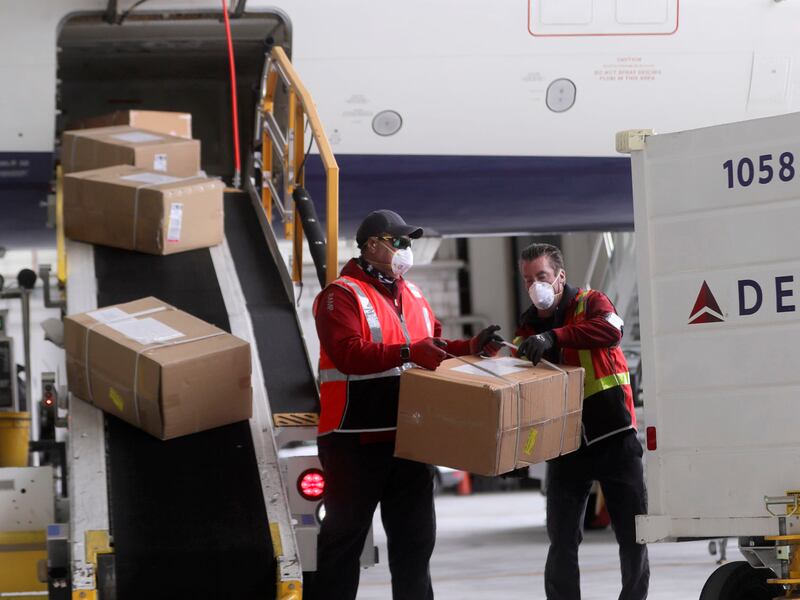SALT LAKE CITY — The first of many planes filled with personal protective equipment touched down in Utah on Wednesday, delivering millions of masks, shields, gloves, gowns and goggles for health care workers throughout the state.
“We are in a wartime environment. This is no joke,” said Taylor Shupe, owner of Future Stitch, an innovative clothing manufacturing facility in China that was able to secure personal protective equipment for tech companies in Utah that are facilitating the delivery.
He said Wednesday’s arrival precedes about 100 similar transports in the next two weeks.
The public-private partnership is enabling the state to move aggressively with its COVID-19 response, keeping Utahns safe and getting them back to work as quickly and safely as possible, said Domo founder and CEO Josh James, who is also behind the import effort, as well as TestUtah.com, which aims to double the state’s coronavirus testing ability.
The Utah Department of Health on Wednesday announced 2,412 confirmed cases of COVID-19 in the state, after more than 47,614 people have been tested. State epidemiologist Dr. Angela Dunn said Utah, so far, is maintaining a 5% growth rate.
Another death was reported Wednesday, a Salt Lake County man over the age of 60, who died with coronavirus, as well as other underlying symptoms, at a hospital, Dunn said. She said 221 patients with the highly contagious illness have been hospitalized throughout Utah.
Dunn said 15% of the state’s confirmed cases result from community spread, unknown where it originated, and 70% can be traced to another patient. Eleven percent, she said, are associated with travel outside of the state and 4% have occurred within health care facilities, mostly nursing homes or assisted living.
“The public health infrastructure is working,” Dunn said, adding that people are following Utah Gov. Gary Herbert’s “stay safe, stay home” directive issued in late March.
“These measures can be tough to follow for the long-term,” she said. “We need to keep this up. We’re doing a great job. It is working and we are curbing the spread of disease in Utah.”
Dunn said that several metrics need to be met before the state can begin to think about lifting restrictions, including opening nonessential businesses. One of those is a decrease in the number of confirmed cases, but also increased availability of testing, which is happening.
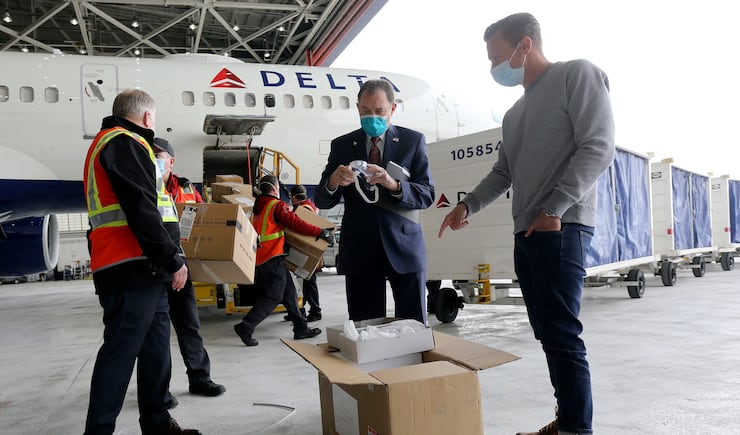
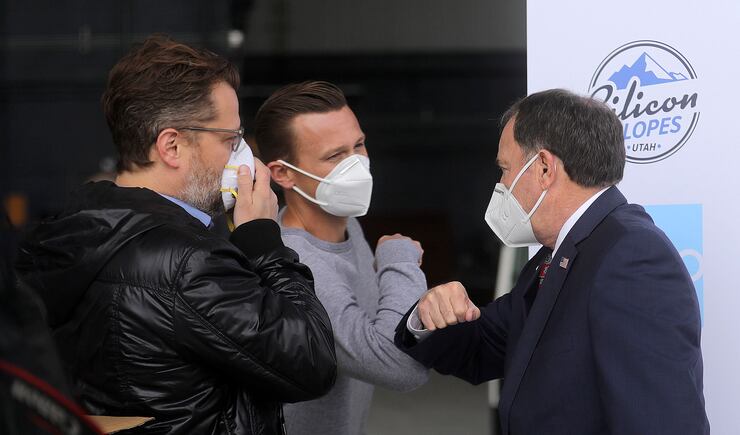
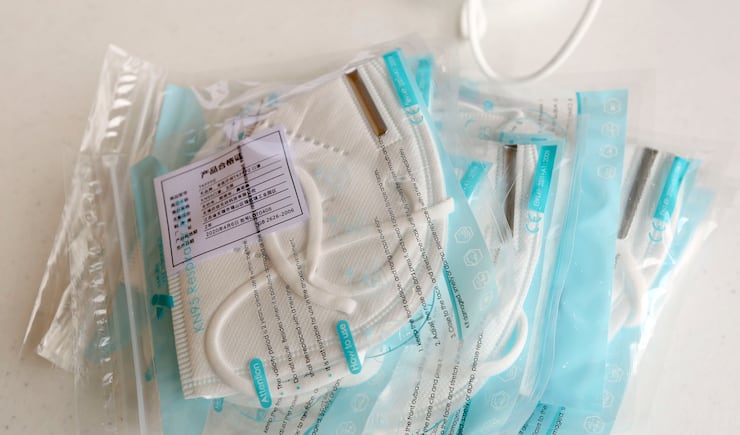
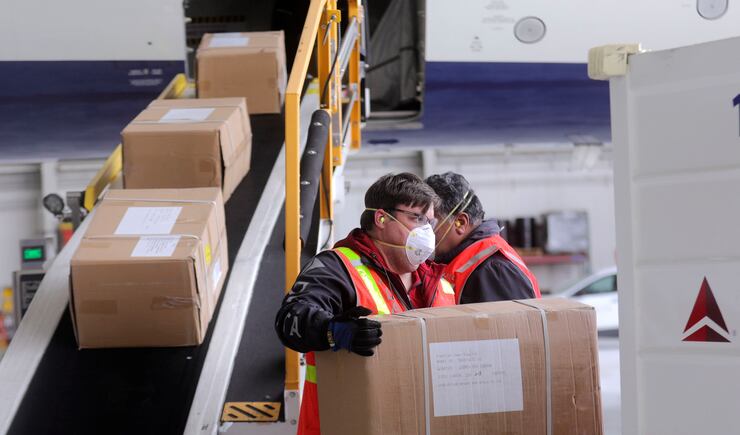
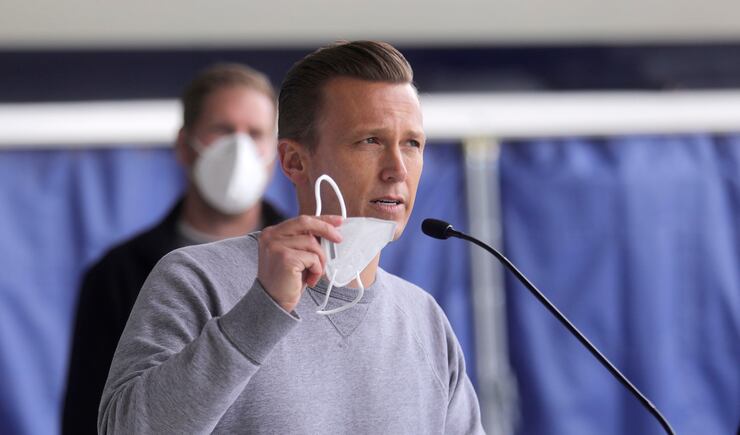
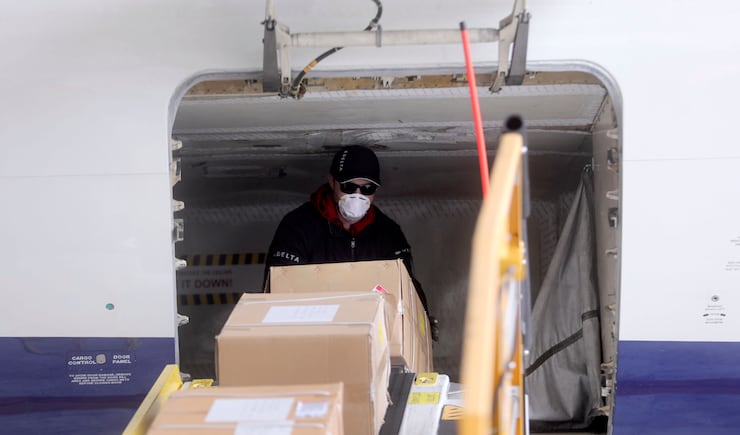
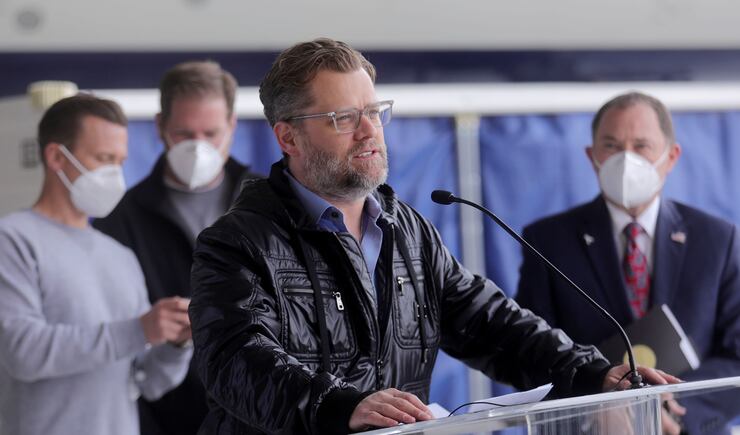
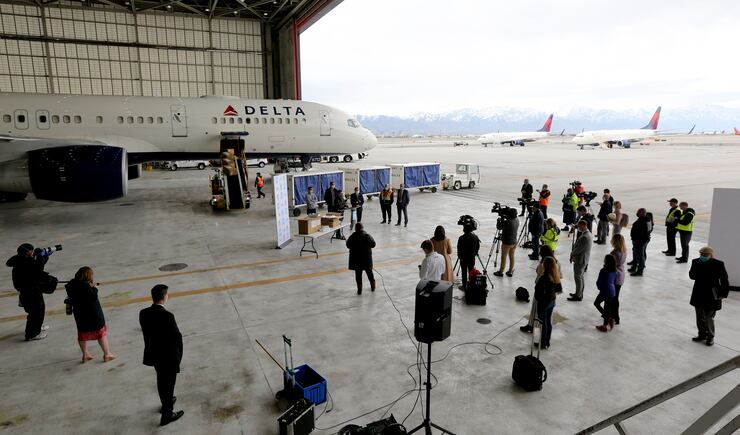
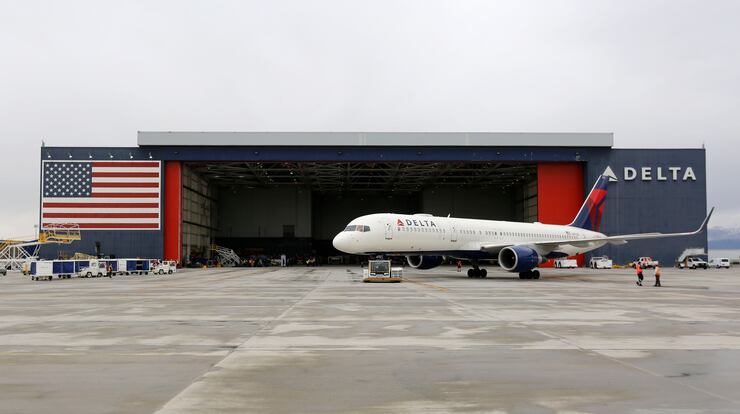
The Test Utah initiative — rolled out a week ago by companies associated with Silicon Slopes — has assessed more than 70,000 Utahns and is conducting 1,500 tests per day at seven locations. The idea has garnered attention from several other states that have had trouble securing enough supplies to test people.
“Utah has been the most well put together by far,” Shupe said.
Wednesday’s huge import of personal protective equipment, brought about by the collaborative efforts of Shupe, a 2007 BYU graduate, and other local business leaders “exemplifies one of the many reasons Utah is doing so well in about any category you want to pick,” Herbert said.
He said Utah has secured 30 million pieces of equipment that is in high demand across the globe, with 90% of that coming from local partnerships.
The equipment will be delivered to first responders, hospitals and long-term care facilities, public safety officials, health departments and others.
“We’re preparing for the worst, but we’re hoping for the best,” Herbert said, adding that the state’s 20 reported deaths due to coronavirus is 20 “too many.”
The governor hinted that he is optimistic to “get back to normal” by the end of summer.
“It will take the spirit of cooperation to get there,” he said.
One of the service markets hardest hit in Utah has been child care, which Tracy Gruber, director of the state’s office of child care within the Department of Workforce Services, said “is critical to Utah’s economy.”
She said 38% of licensed care centers have been forced into temporary closure amid coronavirus spread. The state has lost 13,000 child care slots and it is hard for centers to stay open and provide needed services for Utah families.
“These grants will provide child care business owners with the means to remain open — despite low enrollment — and continue supporting Utah’s workforce who are in need of child care at this critical time,” Gruber said, adding that the grants can help cover rent, payroll, supplies and meeting new health and safety requirements.
Child care business owners can go to jobs.utah.gov/covid19 for more information and to download the Child Care Operations Grant payment agreement form.
Utah’s Lt. Gov. Spencer Cox, who heads the state’s COVID-19 Task Force, said Wednesday that the comparison to wartime is true. “We are fighting an invisible enemy” and the collaborative efforts to get more protective equipment to Utah is “truly is our Dunkirk moment.”
“It’s an all hands on deck effort,” he said, adding that every little bit helps, from the global connections of Utahns, to the local businesses finding and donating what they have, to the individuals sewing “one mask at a time.”
James said increasing the availability of tests in Utah was a huge effort, but he knew the private sector could do more after President Donald Trump declared it was up to each state to get what they need.
The software company has developed an application to help Utah and other states with procurement of supplies, providing real-time data that has proven necessary in the fight against this novel coronavirus.
“We’ve found a niche,” James said. “Utah is helping other states in ways that FEMA isn’t able to.”
He said the prospects are exciting, but also “heart-crushing” to think of how the disease is ravaging the states.
The breakdown of Utah COVID-19 cases by health district as of Wednesday:
- Salt Lake County, 1,285; 113 hospitalized
- Utah County, 352; 20 hospitalized
- Summit County, 306; 29 hospitalized
- Davis County, 217; 21 hospitalized
- Weber-Morgan, 107; 9 hospitalized
- Wasatch County, 102; 5 hospitalized
- Southwest Utah, 58; 9 hospitalized
- Bear River, 49; 8 hospitalized
- Tooele County, 37; 4 hospitalized
- San Juan County, 9; 2 hospitalized
- Central Utah, 8; 1 hospitalized
- Southeast Utah, 4; 0 hospitalized
- TriCounty (Uinta Basin), 8; 0 hospitalized

